EMC's Channel Journey: A 14-Year Odyssey

CRN Looks Back At EMC's Channel Evolution
EMC until recently was so aggressive a direct sales organization that its reps were up and ready before dawn to report on their daily sales plans, which often included stealing a deal from a channel partner.
Those days are long gone. EMC has evolved into a channel-friendly vendor, as evidenced by the introduction earlier this month of its new VAR-only VNX/VNXe lines of SMB and entry-level storage appliances and an aggressive push to recruit thousands of new EMC solution providers.
That evolution has been documented over the years by CRN, which reported the vendor's steps forward and backward in its dealings with the channel.
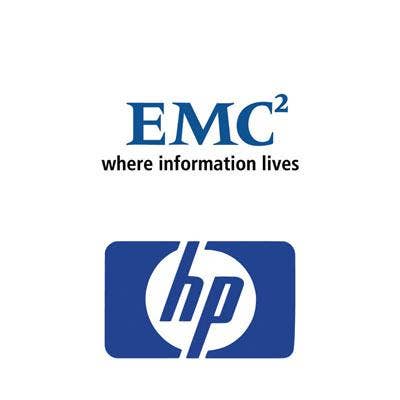
June 21, 1999 -- EMC Loses Its Biggest Customer, HP
Hewlett-Packard, at one time EMC's biggest customer thanks to a long-standing reseller agreement, in May of 1999 introduced a new storage array, the MC256, which it OEM'd from Hitachi Data Systems. That triggered a clause in the reseller agreement between EMC and HP which allowed EMC to sell direct to HP's customers.
By June of 1999, it was all over between the two. It got so bad that HP had to rename its HP SureStore E Disk Array MC256, sometimes referred to as the "E MC256" array, as the HP SureStore E Disk Array XP256 after a lawsuit in which EMC called HP's use of the letters E, M, and C in the array name an insult to EMC customers.
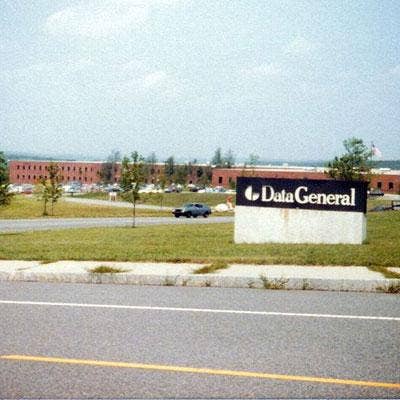
Aug. 13, 1999 -- EMC Buys Data General, Talks Channel
On this date, about a week after EMC said it would pay $1.1 billion to acquire Data General, which sold both Aviion servers and Clariion storage arrays, then-EMC Chief Executive Michael Ruettgers told CRN that the deal could mean an expansion in EMC's channel sales.
"For some time, EMC has used both a direct and indirect model," Ruettgers said. "We have a number of alliances that are helping bring our products to the market. With the nature of these products, which are more midrange products, I would think you would see even greater utilization of those channels."
He wasn't kidding. The Clariion line went on to become the keystone in EMC's move to the channel, albeit a move often characterized by two steps forward, one step back.
And a Data General server line? Aside from some software technology that went into EMC's storage products, it became just another footnote in IT history.
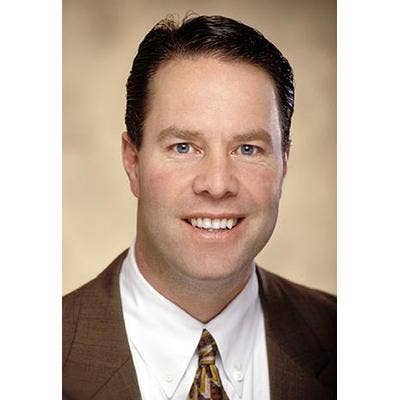
Aug. 3, 2001 -- EMC Specifies First Channel Commitment
EMC in late Summer and early Fall of 2001 started telling its highly-paid, highly-motivated direct-sales force that it would set aside a market segment to be handled exclusively by solution providers. It would take several years after that to seriously rein in what was then the industry's most aggressive sales reps.
EMC also planned to set specific sales management goals to provide incentives that ensure its aggressive direct-sales and services arms work with partners, said Gregg Ambulos, then vice president of global partnering at EMC and currently its vice president of worldwide global channel operations.
"The net of it is, to reach our stated [sales] objectives, we have to leverage our partners," Ambulos said. "Part of that discipline is being able to give them [solution providers] a piece of the business."
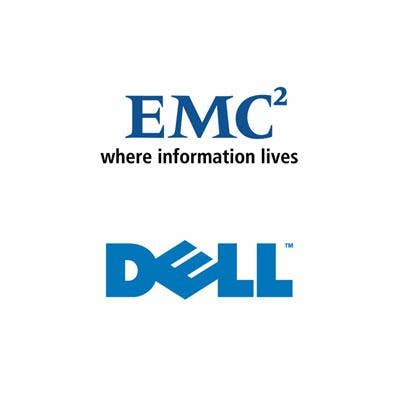
Oct. 22, 2001 -- EMC Signs Reseller Agreement With Dell
Soon after EMC presented its first channel accreditation program, it signed a reseller agreement with Dell under which Dell would resell EMC's Clariion line to its SMB customers. The arrays carried the Dell-EMC moniker.
The move caused endless angst among EMC's channel partners at the time, and even today many solution provider avoid EMC because of that agreement. Joe Tucci, then CEO of EMC and now its chairman, CEO, and president, didn't help matters when he noted that a "little conflict is good."
"I would be a fool to sit here and say that we have absolutely eliminated any channel conflict ever, and it would be unwise to even attempt to do that," Tucci said. "A little conflict is good, too much is disruptive, and we think we have got the bar tuned."
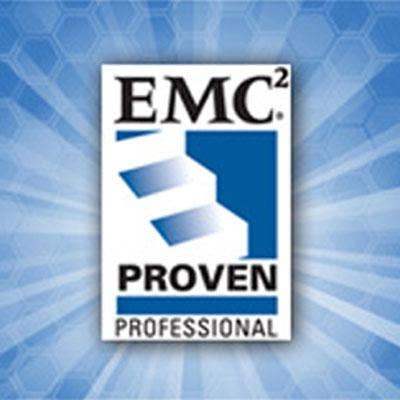
July 30, 2002 -- EMC Rolls Out First Channel Accreditation Program
EMC in August of 2002 rolled out its Partner Accreditation and Certification Program to help ensure that customers who enter into a relationship with EMC will receive the same level of quality service whether they deal with a partner or directly with the vendor.
Under the new program, both the solution provider organization and individual personnel could opt to become accredited at one of two levels. At the individual level, sales personnel could become EMC Accredited Sales Professionals, while pre-sales technical people could become EMC Accredited Pre-sales Technical Professionals.
On the services side, implementation personnel could become certified as EMC Proven Professionals. There were stricter requirements for certification than for accreditation.
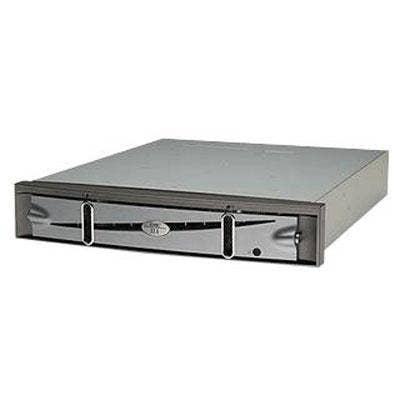
May 26, 2004 -- EMC Unveils First Sub-$6,000 Array
EMC launched the EMC Clariion AX100, its smallest, lowest-cost storage array to date, with plans for it to be aimed exclusively at the channel.
The AX100 could be configured for up to 3 Tbytes of Serial ATA storage capacity in a 2U rack enclosure with one or two processors. It came with a 1-Gbyte cache and could connect to up to eight high-availability hosts.
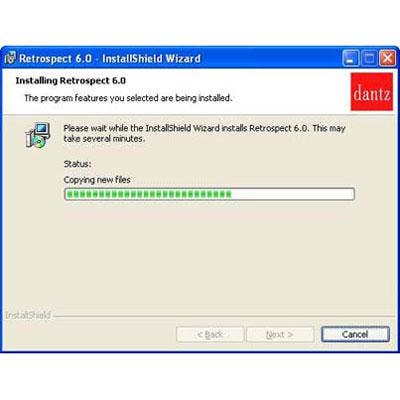
Oct. 12, 2004 -- EMC Acquired Dantz
EMC acquired Dantz Development, a small developer of data backup and restore software under the Retrospect brand, in its first true small business play.
The deal, which cost EMC under $50 million in cash, gave the vendor a new entry-level backup and recovery software tool for small businesses and a new group of solution providers, as well as leadership in the Apple Macintosh backup space.
However, within a few years, Dantz and its Retrospect software had pretty much disappeared.
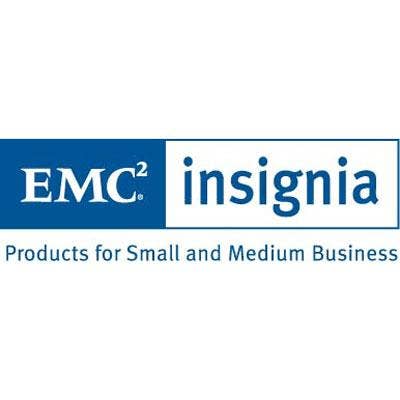
Feb. 6, 2006 -- EMC Unveils Its Insignia Small Business Brand
EMC introduced a new product line specifically for small businesses under the EMC Insignia brand -- a brand that EMC said will not be available to Dell, its biggest partner and the channel’s biggest competitor, even though Dell could sell the products.
The EMC Insignia product line was complemented by a new channel program called Velocity SMB, which was aimed at drafting an army of partners to carry the fight against such tenacious foes as IBM, Hewlett-Packard, Symantec/Veritas and CA.
The Insignia line, which was managed by Larry Zulch, Dantz co-founder and former CEO, included the Dantz software line, the AX400 array, and additional software from other acquisitions.
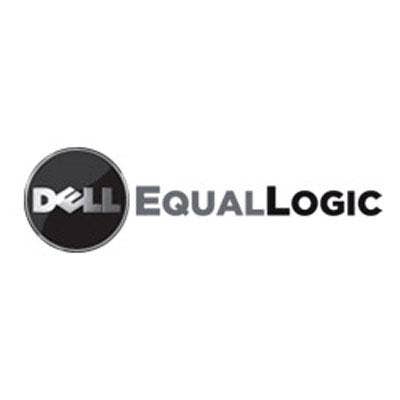
Nov. 5, 2007 -- Dell Unveils Planned Acquisition of EqualLogic
Dell surprised the IT world with plans to pay about $1.4 billion to acquire iSCSI storage pioneer EqualLogic, especially given Dell's direct sales heritage and EqualLogic's 100-percent channel focus. However, the news came just weeks after Dell unveiled its first real channel program, which meant EqualLogic formed the base of its indirect sales push.
The acquisition of EMC competitor EqualLogic was immediately seen as a potential attack against EMC, a view which eventually proved quite prescient.
Michael Dell, chairman and CEO of the company that bears his name, would in an interview with CRN the following month skirt around the issue of how the acquisition would impact Dell's relationship with EMC.
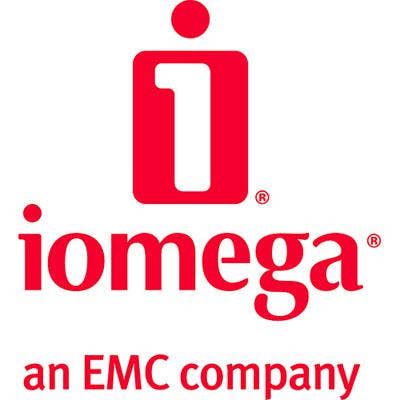
April 8, 2008 -- EMC Acquired Iomega
After a month or two of sparring over price, EMC acquired Iomega for about $213 million, giving EMC its first real small business hardware play as well as bringing EMC into the consumer storage market.
Jonathan Huberman, then-CEO of Iomega, was slated to become president of EMC's new Consumer/Small Business Products division which resulted from the Iomega acquisition and which also included other products such as the Dantz software. It is a position Huberman still holds.
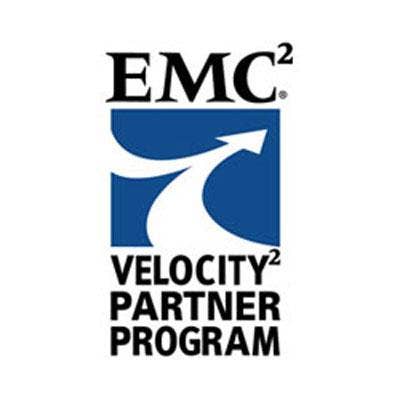
July 1, 2008 -- EMC Unveils Velocity 2 Channel Program
EMC unveiled the Velocity 2 Pre-sales Readiness Program to help partners technicians better talk with customers about hardware, software, and integration.
The goal was to train the technicians about how to talk to customers about core EMC technology, technically position EMC solutions and capabilities, and gain technical credibility in such solutions as storage platforms, network access, backup and recovery, archiving, data replication, virtualization and storage resource management.

Dec. 9, 2008 -- EMC, Dell Extended Relationship, Cracks Starting To Show
EMC and Dell restated their channel vows with a multi-year extension to the global reseller agreement the two signed in October 2001. The new agreement was slated to be extended throughout 2013.
Dell by then has become EMC's largest reseller, accounting at times for up to one-third of EMC's indirect sales. However, with the acquisition of EqualLogic early that year, the strain between EMC and Dell was already growing obvious.
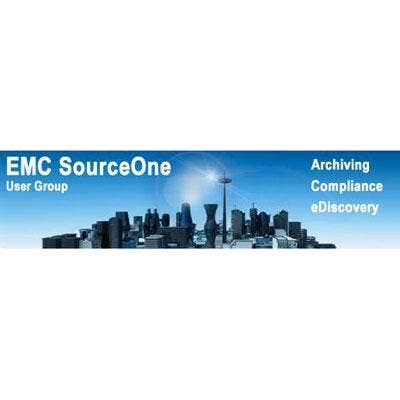
April 6, 2009 -- EMC Introduced SourceOne
EMC on that date replaced its legacy EmailXtender e-mail archiving application with EMC SourceOne, a new application with a modular architecture for future expandability. The company used EMC SourceOne as the foundation of a new suite of applications for e-mail archiving and eDiscovery, and also applied the SourceOne name to a new program aimed at bringing such technology to the channel.
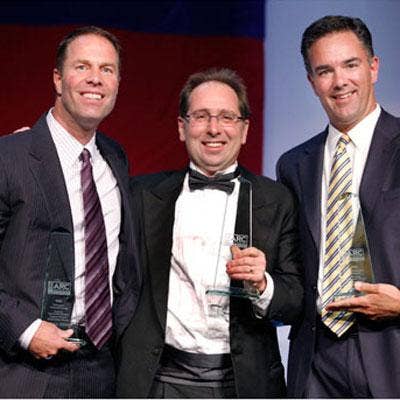
Nov. 4, 2010 -- EMC Wins 4th Straight Top ARC Honors For Hardware, Software
As part of the 2010 VARBusiness Annual Report Card (ARC) survey of solution providers, EMC was the channel's choice for best enterprise network storage vendor by a very comfortable margin, with partners giving it a clean sweep in every category.
EMC also won the 2010 ARC award for best data protection software vendor by a wide margin.
More significantly, 2010 marked the fourth year in a row that EMC won the ARC award in both categories, a feat seldom matched in the IT industry.
It goes to show: A little channel focus can go a long way.
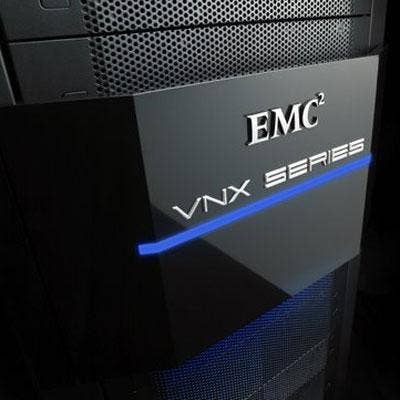
Jan. 18, 2011 -- EMC Unveils New SMB Product Line, Channel Initiative
EMC introduced its first unified storage platform with its midrange VNX and entry-level VNXe storage appliances, as well as plans to recruit thousands of new solution providers to sell them.
While the VNX and VNXe lacked the maturity of unified storage arrays from competitors such as NetApp, they showed that EMC was on-track to be a major player in that particular technology, which is growing in popularity thanks to customer demands for simplification in their storage architectures.
For the channel, EMC plans to work with several distributors to sign up resellers for the VNXe, promising that partners could be in its channel program and making sales within three hours.